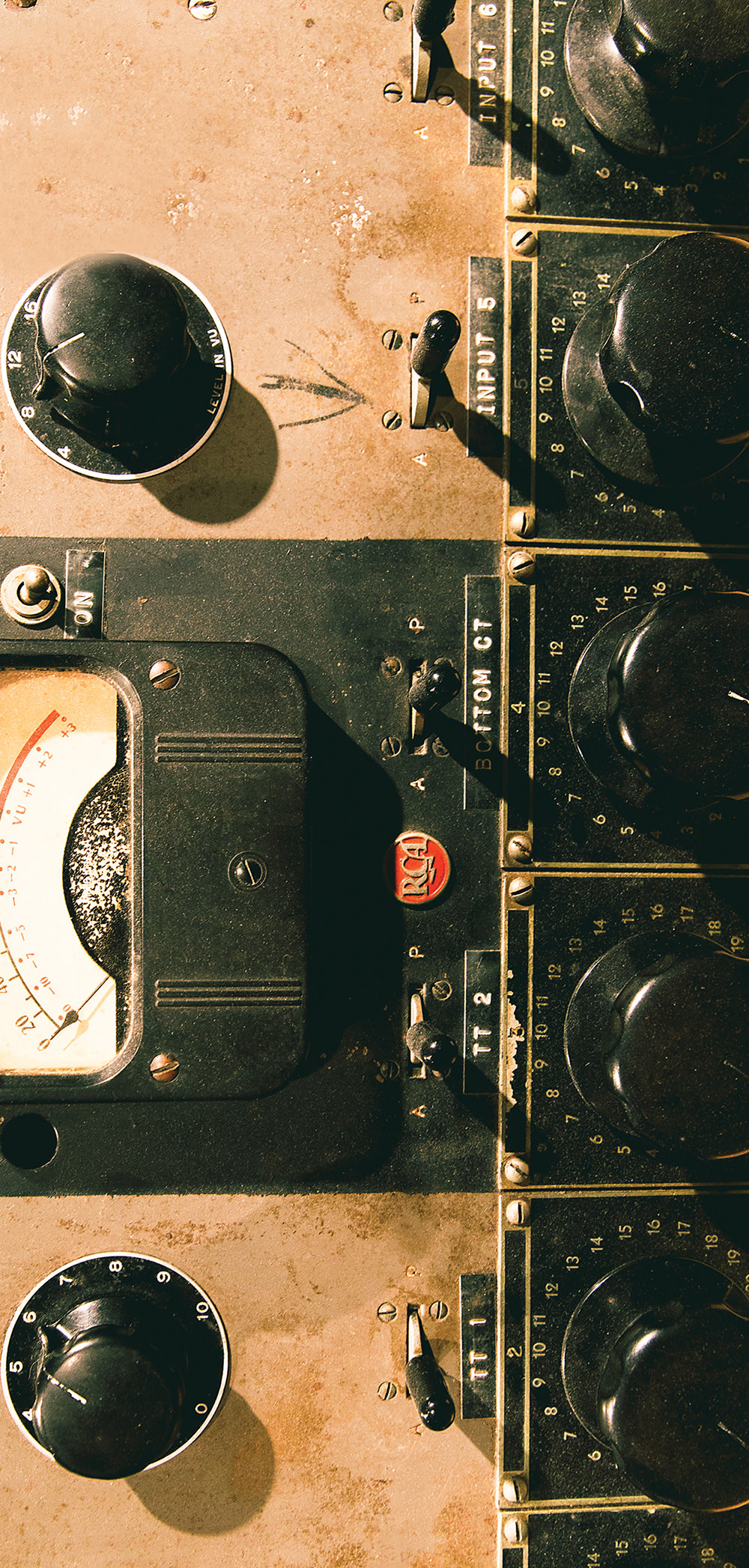For almost two decades now, a crucial component of my cross-platform file-sharing and backup strategies in my home and personal studio has been Network Attached Storage (NAS). My first NAS appliance was a 10 GB Quantum Snap Server that I purchased for $499 back in 2000. A few years later, as my storage needs outgrew the Snap, I installed a Dell rackmount RAID running Windows Server, with a SCSI tape drive for additional backup. Over the years, I upgraded the Dell’s disks until I hit the controller’s hard limit of 3 TB total. Meanwhile, I repurposed my retired, rack mount “Franken-Mac” into an iTunes and general media server by installing a RAID card and OS X Server software. Then in 2012, I bought my first Synology DiskStation DS1812+, an 8-bay NAS appliance that supports multiple RAID configurations with hot-swappable, usersupplied drives. My DiskStation is currently loaded with seven 3 TB disks from the Western Digital Red line (with firmware optimized for NAS use). Six of the drives are configured as a Synology Hybrid RAID, allowing two drives to fail without data loss; and the seventh drive is designated as a hot spare, which the Synology will utilize if any of the other drives fail. Total usable capacity is 11 TB. I have a second 1812+ that automatically mirrors the first. The two are in different buildings that are networked via fiber optic lines, in case one building burns down. The most crucial data is synchronized to an ioSafe disaster-proof drive [Tape Op #90] that hangs off one of the DiskStations. In addition, I have cloud storage for offsite backup. The gateway to my network is a SonicWall, which allows me to securely connect via VPN (Virtual Private Network) to my home and access my files remotely. I’ve also spent time with high-performance RAIDs optimized for high-bandwidth media production from Proavio (installed in my NYC studios), as well as value-priced systems from Thecus, QNAP, Netgear, and Western Digital. Within this latter group, Synology doesn’t offer the highest transfer rates, but I wouldn’t hesitate to recommend Synology first — because Synology’s DiskStation Manager OS (DSM) is so easy to use. The DSM interface is accessible via a web browser, and the user experience is not much different than clicking and dragging your way through macOS or Windows desktop. Contextual help is available everywhere, and even if you understand only the basic concepts of networking and RAID storage, you can still set up your DiskStation in half an hour, with Synology Web Assistant offering the initial guidance. DSM is built on top of Linux, which means you can get as down-and-dirty as you desire. Despite being a command-line geek (I run Red Hat Cygwin on my Windows machines), I’m content with DSM’s default UI, and I use the built-in Package Center to install/update officially supported software, like Media Server, OAuth Server, various cloud-specific synchronizers, PHP, etc. There’s even an iTunes Server if that’s still your thing. I also have Docker installed, which gives me access to thousands of third-party applications. For example, I’m using Docker to run the controller software for my UniFi wireless network. Western Digital offers setup that’s perhaps simpler, but its software has far fewer features. Thecus and QNAP include advanced software out-of-the-box, with a corresponding uptick in complexity. Earlier versions of ThecusOS were truly difficult to use, but the latest version has a UI that looks awfully like Synology DSM. Meanwhile, QNAP QTS reminds me of Windows 2000 and classic website design, with a navigation menu positioned to the left of a text-heavy interaction pane. With that said, if transfer speed, transcoding/encryption performance, or baked-in features are your top priorities, these brands offer better value than Synology. –AH

